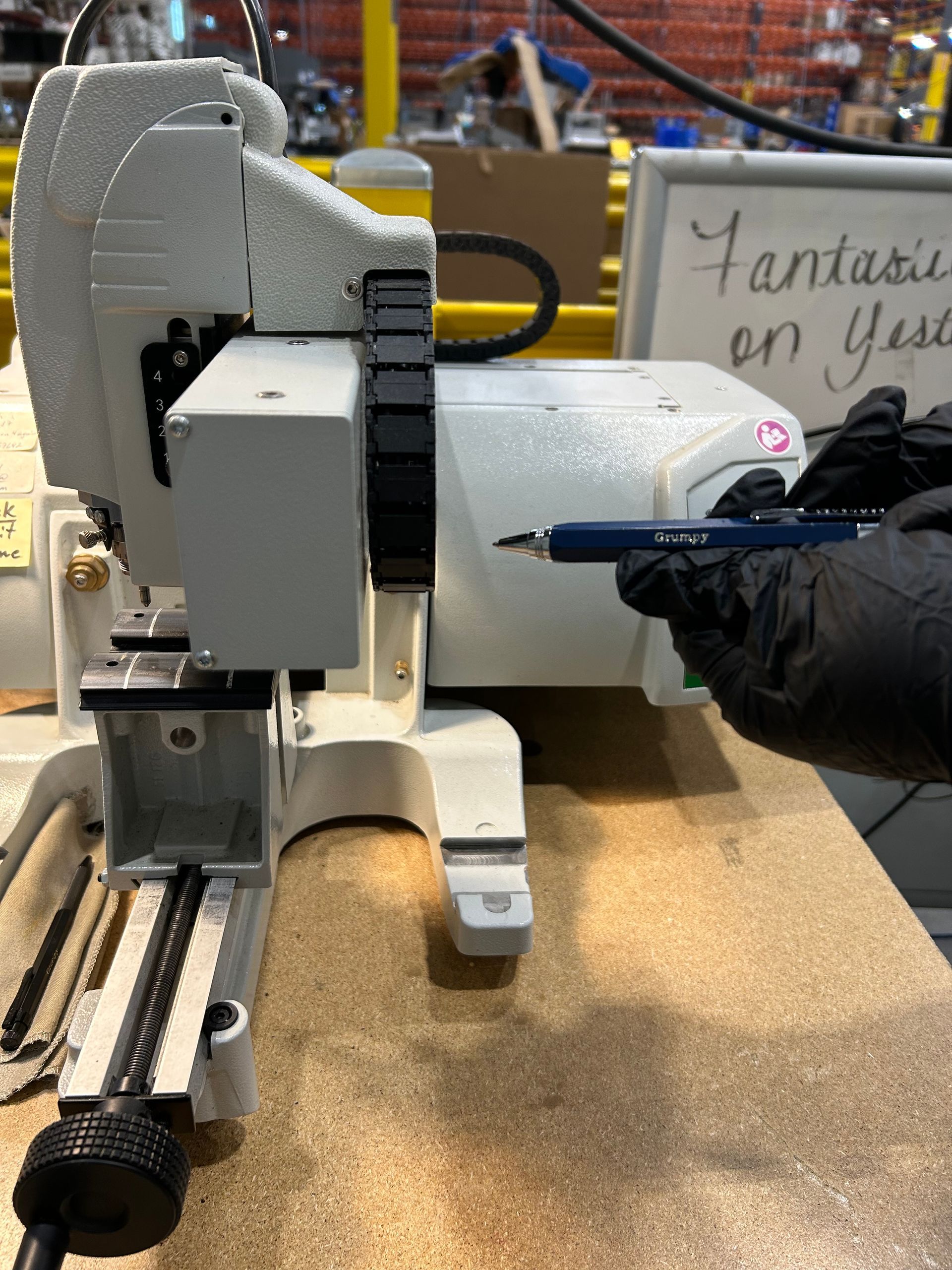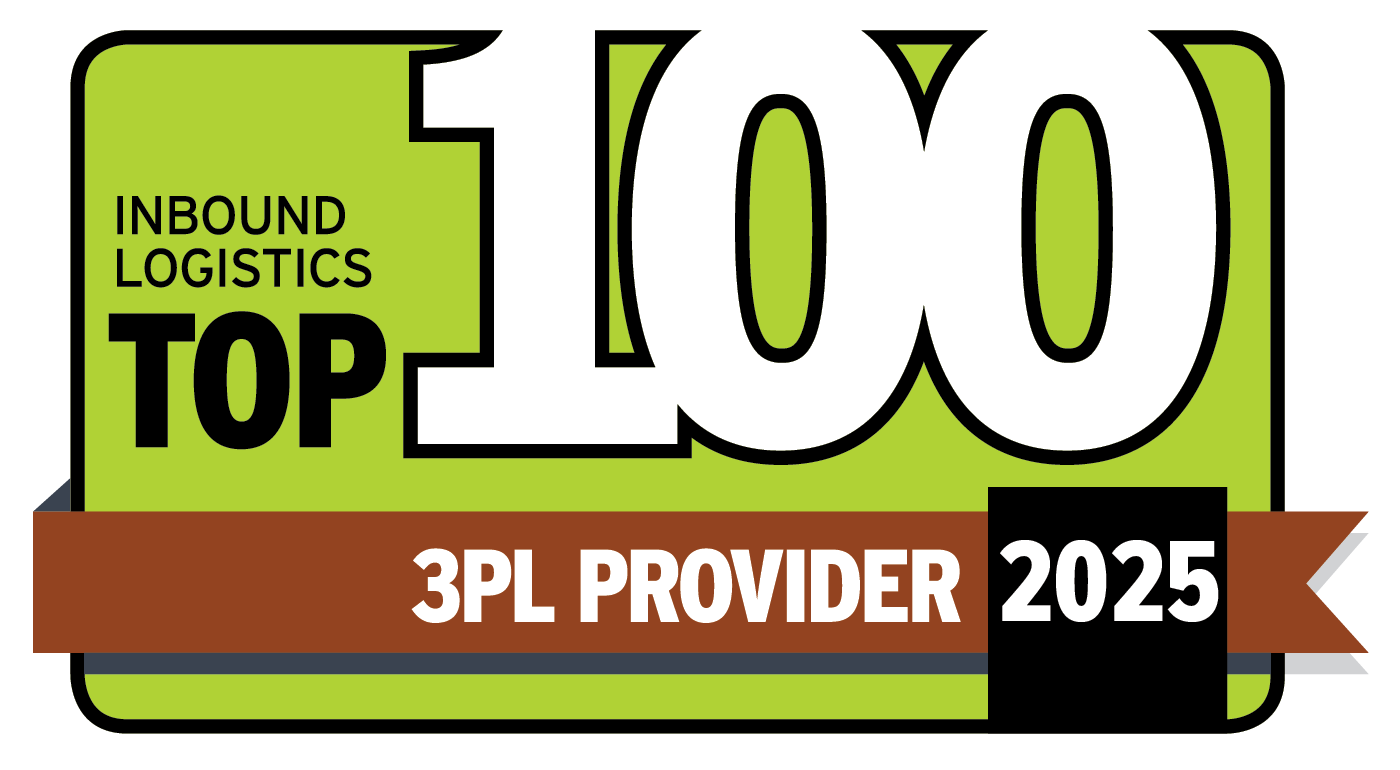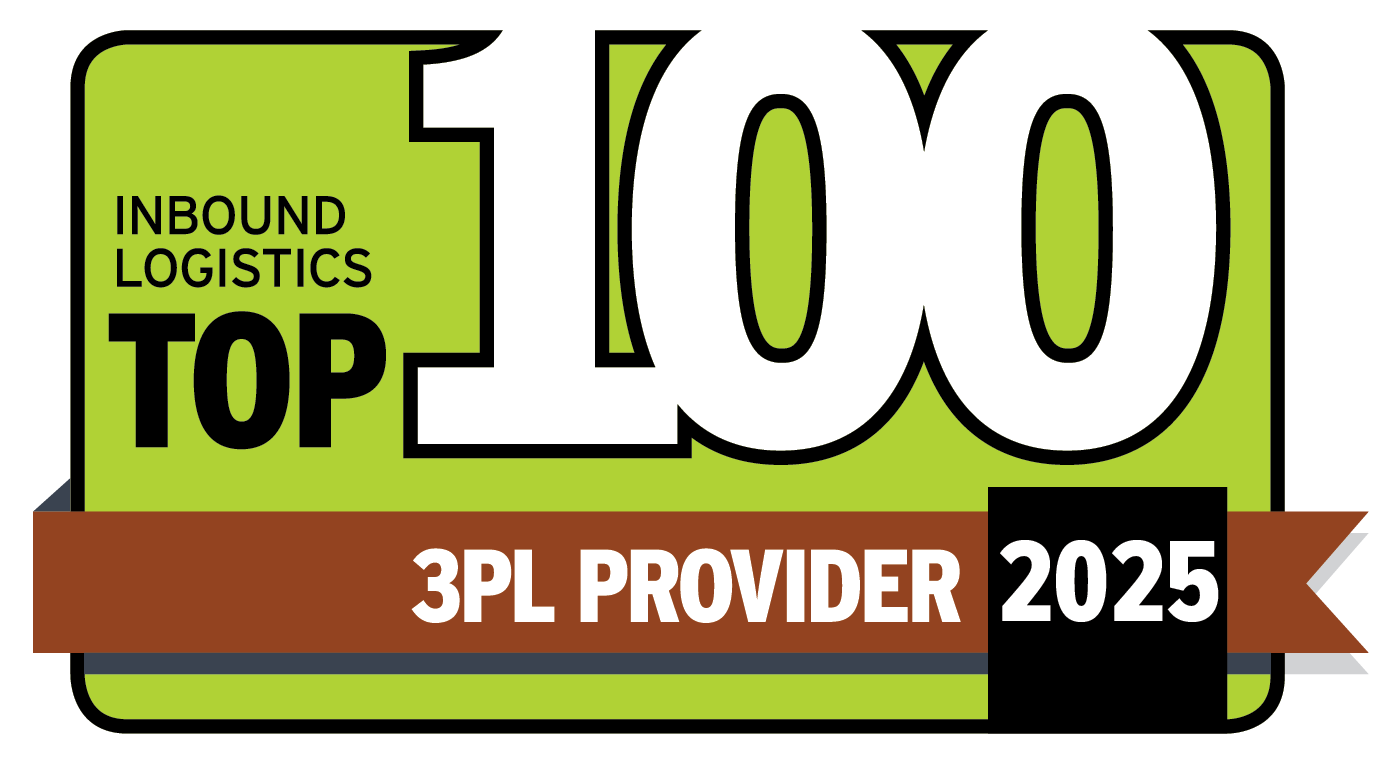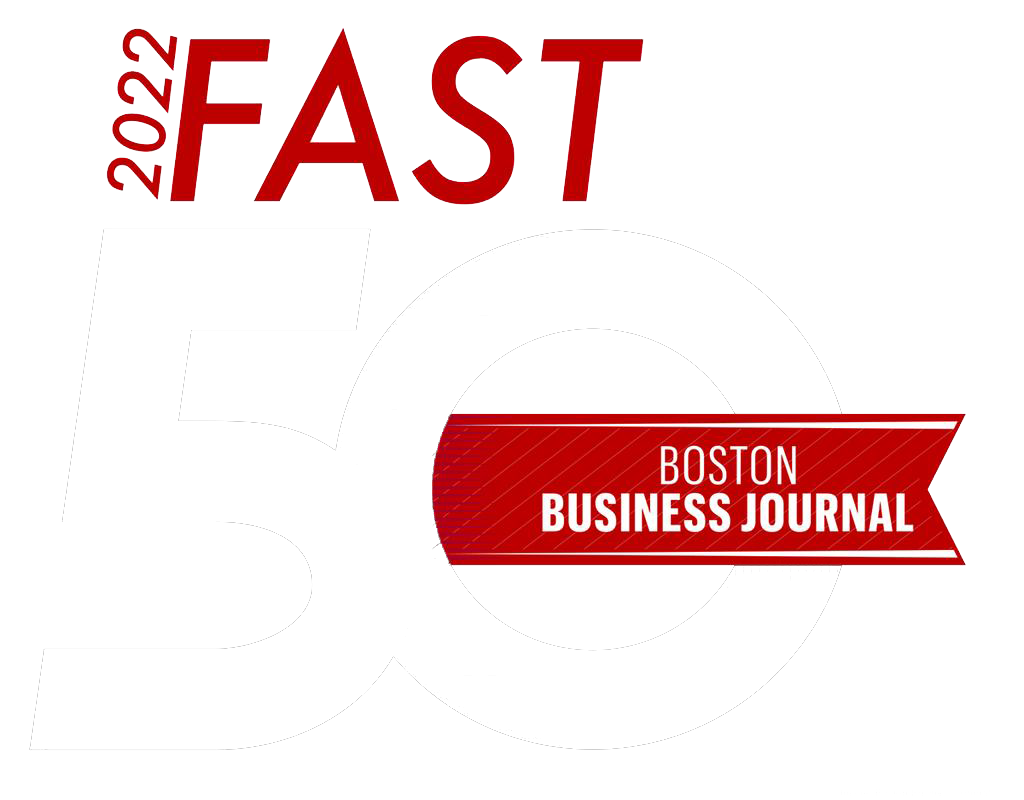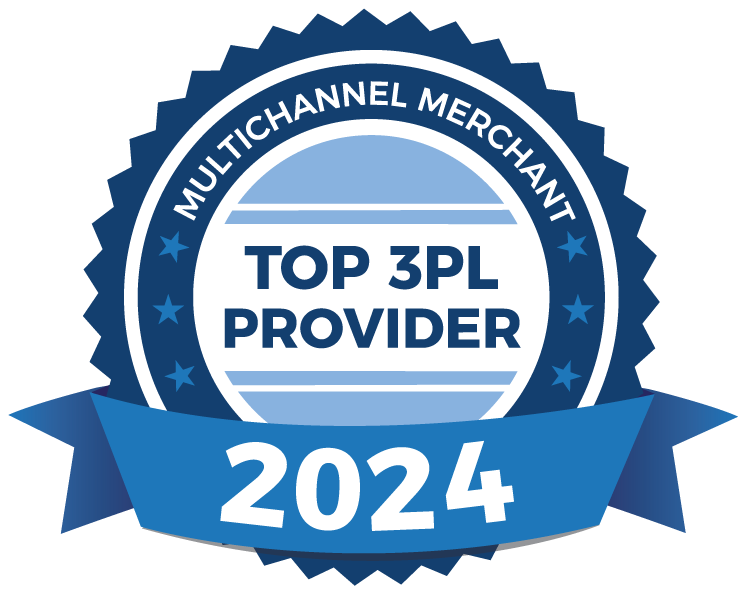Custom Engineering: The Key to Optimizing Your Supply Chain Process
What were your supply chain processes, goals and challenges in 2025? What has worked in the past and what's falling short now?
Custom-engineered solutions deliver exactly what your automation process requires. Solutions implemented by Barrett's engineering team are tailored to meet your company's unique needs and designed for your long-term objectives. Major benefits of custom engineering include:
- Quality control
- Expert advice and guidance
- Enhanced user experience
- Resource management
- Cost reduction
- Reduced engineering overhead
How Barrett's custom-engineered solutions enhance efficiency and productivity for clients
Every solution we design at Barrett is unique and personalized to meet each client's specific needs. How do we achieve this? We begin by deeply analyzing your data to understand SKU counts, product sizes, movement speed, goals, and peak periods. This insight allows us to create designs tailored to maximize efficiency while keeping costs low. We compare various models, considering options like robotics, pick-and-pass, cluster picking and ASRS (Automated Storage and Retrieval Systems). Each model is assessed for its ability to meet service and quality standards, aiming for optimal cost-effectiveness without compromising timely order fulfillment.
Incorporating the latest technologies to stay competitive in the 3PL industry
With labor costs rising and peak seasons demanding more, our team stays at the forefront of technology by attending trade shows and collaborating with industry integrators. These efforts keep us up to date with emerging tools that lower costs and improve fulfillment quality. Many clients face high retail peaks, especially during the holiday season, so having flexible, scalable solutions is essential. By leveraging the latest technologies, we offer clients solutions that meet operational demands and reduce costs, ensuring a competitive edge in the dynamic 3PL landscape.
A tailored design process to meet each client's specific needs
Our design process is data-driven. We start by understanding the client's needs and goals, followed by an in-depth analysis of their outbound orders, item master, dimensions, weights and inbound data. Whether a client has a high SKU variety with shallow stock or a deeper inventory of fewer items, we identify the best-fit solution based on these metrics. Sometimes, multiple solutions are possible, allowing the client to choose the best option with their objectives. Focusing on data and consistent communication ensures each solution is finely tuned to the client's operations.
How Barrett overcomes common challenges in creating custom solutions
Cost is a significant hurdle in custom solution design. Clients seek the best solution at the lowest cost while maintaining high standards and meeting SLAs. With expenses rising, finding ways to reduce costs without sacrificing quality is essential. We work creatively to cut costs in areas like space and asset usage, aiming to provide sustainable, budget-friendly solutions that meet clients' operational needs. Balancing quality, functionality and budget is challenging but vital to delivering value.
The importance of collaboration between the engineering team and other departments
Collaboration is central to Barrett's approach. The solutions team sits at the intersection of sales and operations. Sales aims to secure new business, while operations needs to run these deals efficiently and profitably. Solutions must balance both interests, creating designs that win clients while being viable for operations to execute. Close cooperation with these teams helps us develop realistic, effective solutions that meet business and operational goals. This collaboration ensures that Barrett's solutions are not only effective but also sustainable for the long term.
Ensuring scalability and flexibility of engineered solutions to accommodate client growth
Scalability is built into our solutions from day one. Many of our clients are rapidly growing startups or e-commerce businesses or have varying demands over time. Our solutions are designed to adapt, with year-one solutions flexible enough to evolve into year-two or year-three solutions, depending on the client's growth and any shifts in business focus, like introducing omnichannel capabilities. By avoiding rigid structures, we provide the flexibility clients need, whether in a multi-client environment or a dedicated setup, to support them as they expand and change.
Delivering sustainable success through customized engineering
Barrett's approach to custom-engineered solutions empowers clients with logistics processes built specifically for their needs. By focusing on data-driven insights, cutting-edge technology, and collaborative design, we create solutions that are effective today and scalable. With a commitment to cost efficiency, quality, and operational flexibility, Barrett partners with clients to optimize their supply chains, address key challenges, and support sustainable success. Through tailored engineering, we're proud to specialize in a competitive advantage for each client we serve.
Facing supply chain challenges? Get in touch with us now to explore solutions designed for long-term success.
Recent Blog Posts

